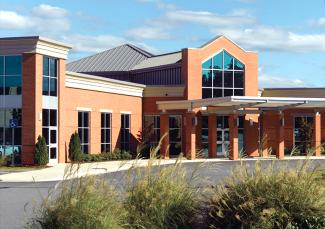Look to us for a diagnosis and treatment of almost any hand condition, including:
- Carpal tunnel syndrome
- De Quervain’s tenosynovitis
- Dupuytren’s contracture
- Finger injuries, such as dislocations, mallet finger, jersey finger and trigger finger
- Fractures, including distal radius and boxer’s fractures
- Osteoarthritis
- Sprained wrist


